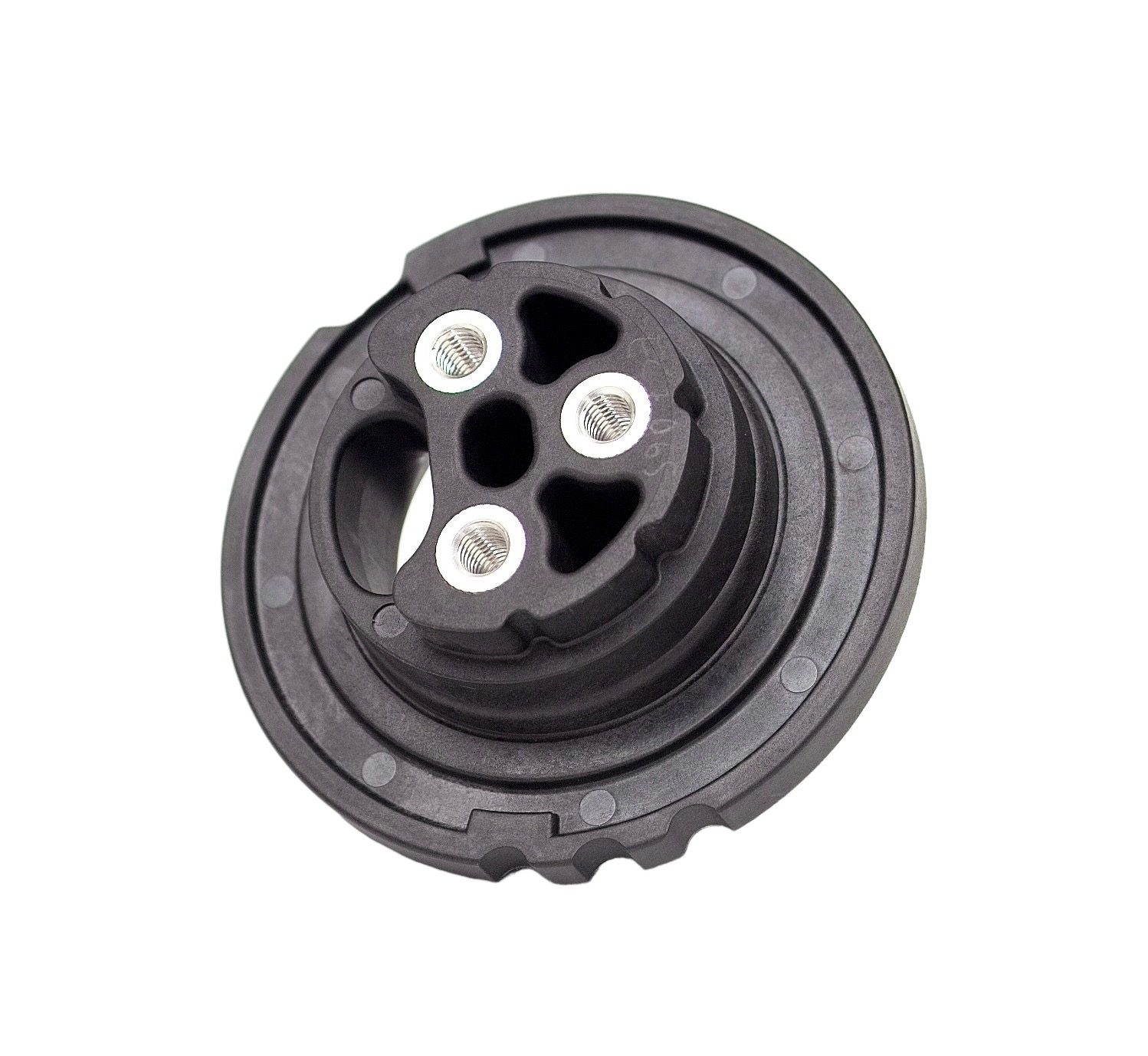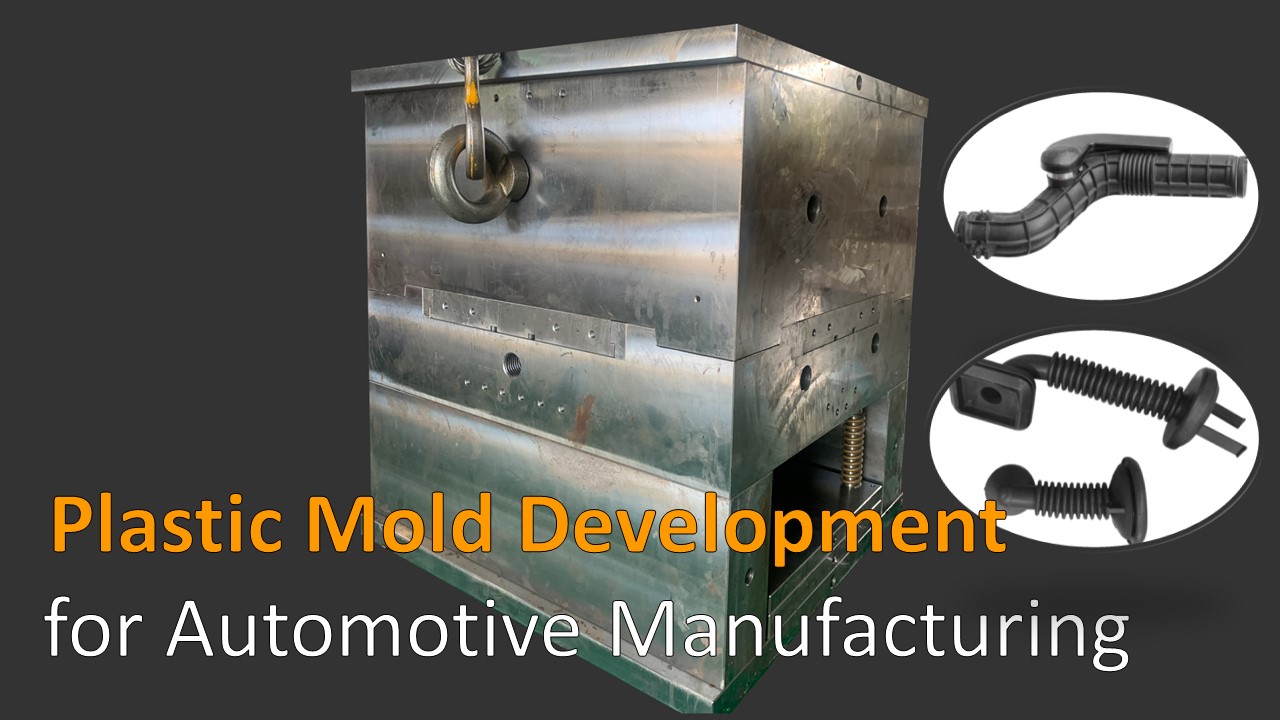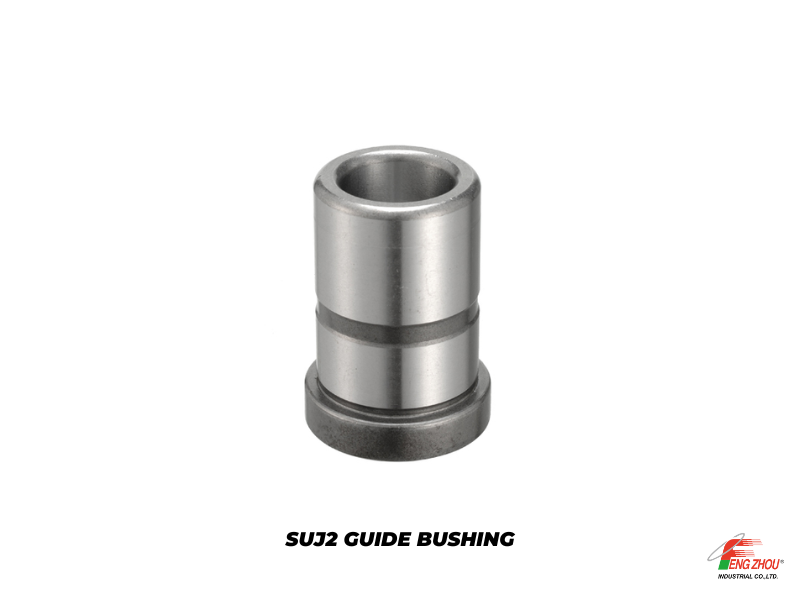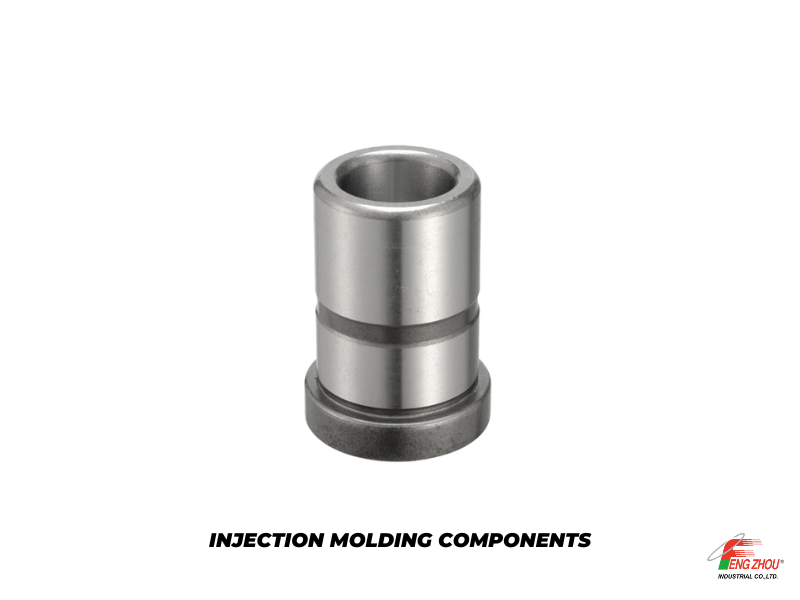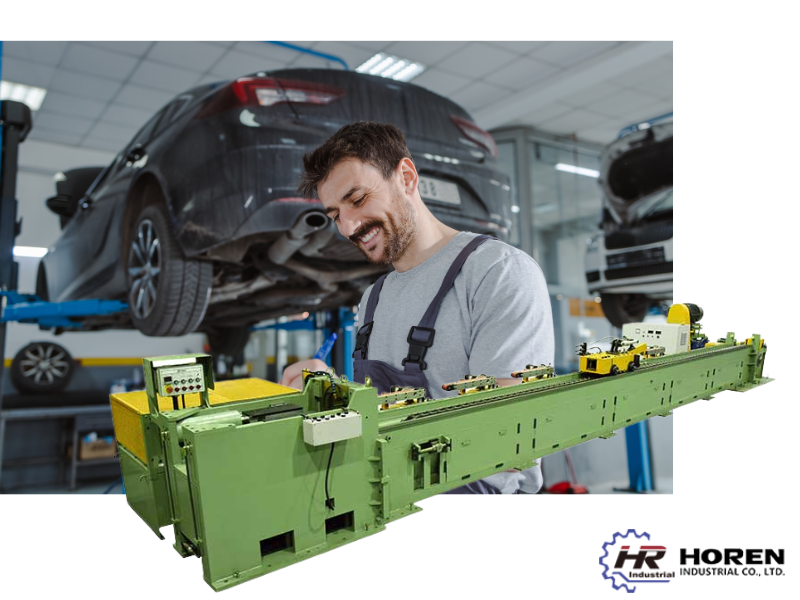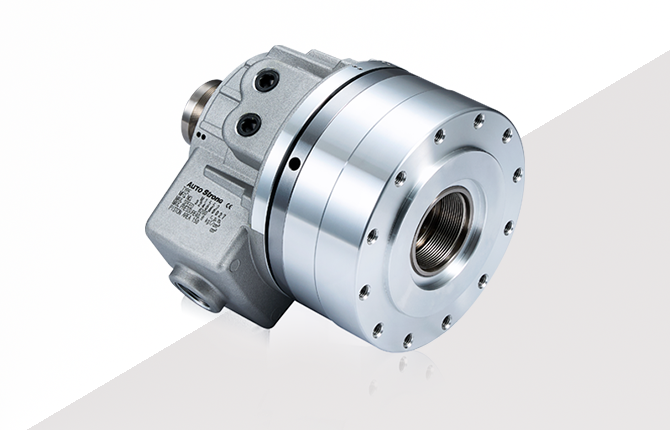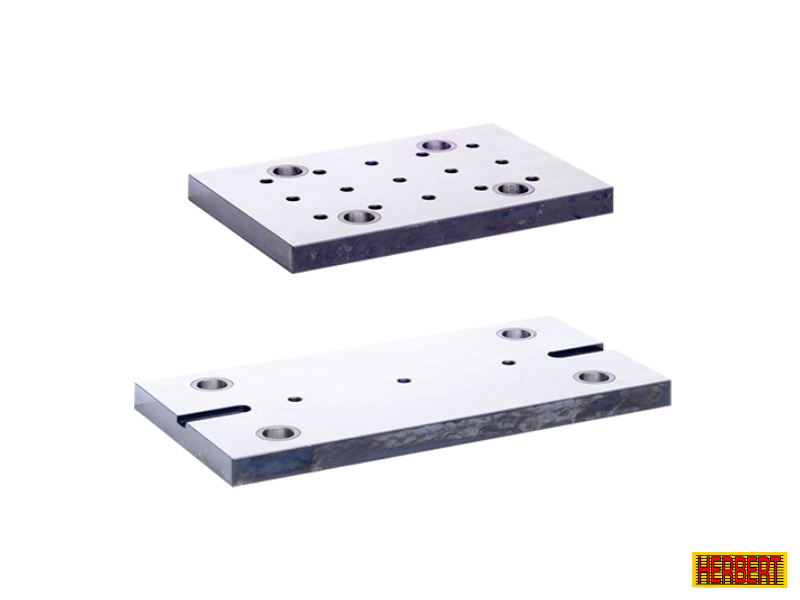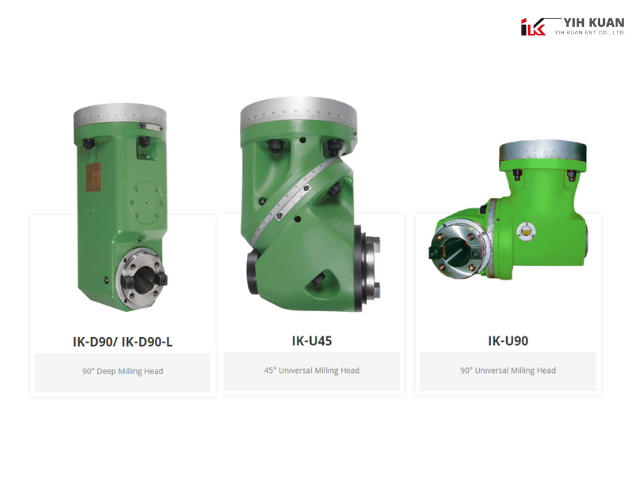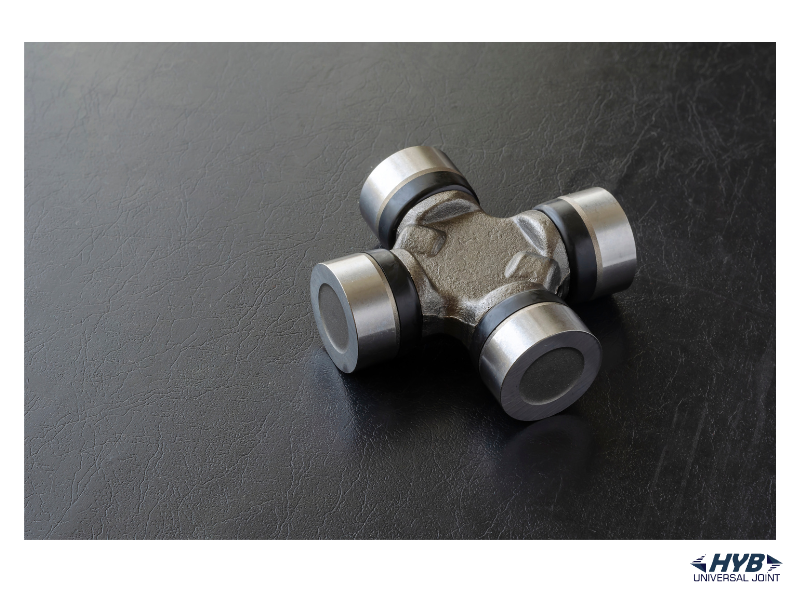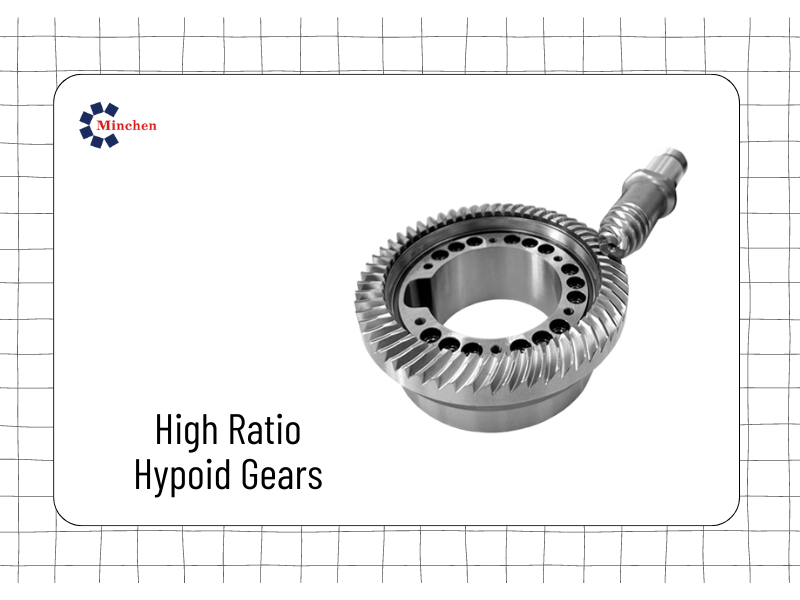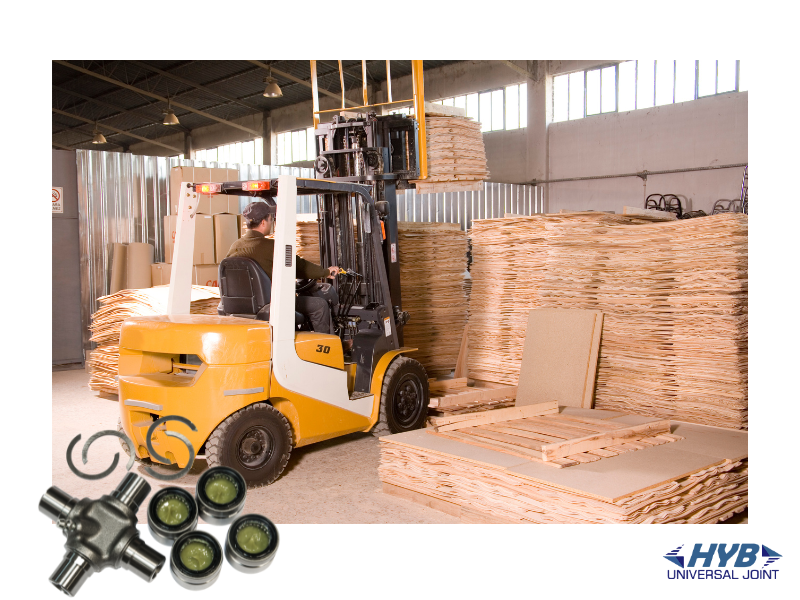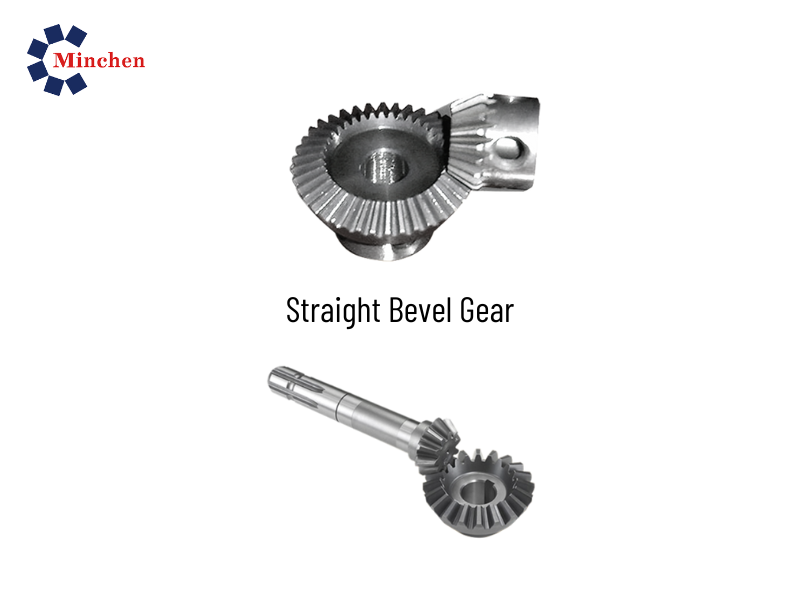Stepped Speed Turret Milling Heads vs. Variable Speed Turret Milling Heads
2024-07-03Machinery
Introduction
Turret milling machines are versatile tools in the machining industry, known for their ability to perform a wide range of cutting operations. Central to their functionality are the turret milling heads, which define the capabilities and the precision of machining operations. This article explores the differences between "stepped speed" and "variable speed" milling heads and provides guidance on how to select the right one for specific machining needs, with a focus on the offerings from Yih Kuan.
What are Turret Milling Heads?
Turret milling heads are the part of the turret milling machines where the tool is mounted. They allow the tool to move vertically, horizontally, or at any angle, enabling complex cutting tasks. The choice between different types of milling heads can impact the machine’s versatility, speed, and precision.
Stepped Speed vs. Variable Speed Turret Milling Heads
Stepped Speed Turret Milling Heads
- Definition and Characteristics: These milling heads operate at predefined speed ranges set by the manufacturer. Speed changes are achieved through a geared mechanism, requiring manual adjustment to shift between different speed settings.
- Advantages: Provides reliable and stable speed options, typically cost-effective and easier to maintain due to simpler mechanical designs.
Variable Speed Turret Milling Heads
- Definition and Characteristics: These heads allow operators to adjust the spindle speed continuously within a range, usually through a dial or a digital interface. This adjustment is done without steps, offering seamless transitions.
- Advantages: Greater flexibility and precision, allowing the operator to fine-tune the spindle speed based on the material being machined and the type of operation being performed.
Choosing the Right Turret Milling Head
Choosing the appropriate turret milling head depends heavily on the specific requirements of your manufacturing environment. Here are some detailed considerations:
Assessing Needs
Material Types:
- Soft Materials (Aluminum, Brass, Plastics): Soft materials often require higher spindle speeds to ensure clean cuts and efficient milling. Variable speed heads are ideal for these materials because they allow operators to easily adjust and fine-tune the speed to match the material properties, preventing material deformation or melting.
- Hard Materials (Stainless Steel, Titanium): Hard materials require lower spindle speeds but higher torque to manage the cutting forces without damaging the tool or workpiece. Stepped speed heads, with their robust gearing and stable speed settings, are typically well-suited for such tasks, as they provide the necessary power at consistent speeds.
- Mixed Materials: Workshops that handle a diverse range of materials might prefer variable speed heads for their adaptability, allowing operators to switch easily between high and low speeds as needed.
Production Volume:
- High-Volume Production: Environments such as automotive or consumer goods manufacturing, where the same material and operation are repeated, often benefit from stepped speed heads. These heads are designed for longevity and consistent performance under repetitive tasks, making them cost-effective for high-volume production.
- Low-Volume, Custom Jobs: Specialized industries like aerospace or custom fabrication, where materials and specifications can vary greatly between projects, benefit from the versatility of variable speed heads. These allow for precise speed control and adjustments between jobs without compromising on quality.
Budget Constraints:
- Initial Costs: Stepped speed heads are generally less expensive upfront compared to their variable speed counterparts. They offer a lower entry price, making them attractive for new or budget-conscious operations.
- Maintenance Costs: Consider not only the initial purchase cost but also the long-term maintenance. Variable speed heads, while more expensive upfront, may require more frequent maintenance due to their complex mechanical and electronic components. However, the ability to optimize tool life and reduce waste might offset these costs.
- Operational Efficiency: Evaluate the potential for increased productivity and reduced waste, which can influence the total cost of ownership. For example, variable speed heads can lead to better surface finishes and faster job turnaround times, which might justify the higher initial investment.
Examples
- Fabrication Shop Handling Multiple Materials: A custom job shop working with everything from soft aluminum to hard titanium would benefit significantly from a variable speed head due to the need for a wide range of speeds to match material properties.
- Dedicated Steel Part Production Line: A production line dedicated to cutting tough steels or other hard materials may opt for stepped speed heads to take advantage of their durability and consistent performance under demanding conditions.
Conclusion
The choice between stepped and variable speed turret milling heads should align with your specific manufacturing needs. Understanding the advantages of each can significantly influence productivity and machining quality. At Yih Kuan, we specialize in providing top-quality turret milling heads tailored to meet the diverse needs of our clients. Whether you require stepped speed for consistent heavy-duty use or variable speed for flexibility in high-precision tasks, Yih Kuan is here to assist. For more information or to discuss your specific needs, please contact us.
